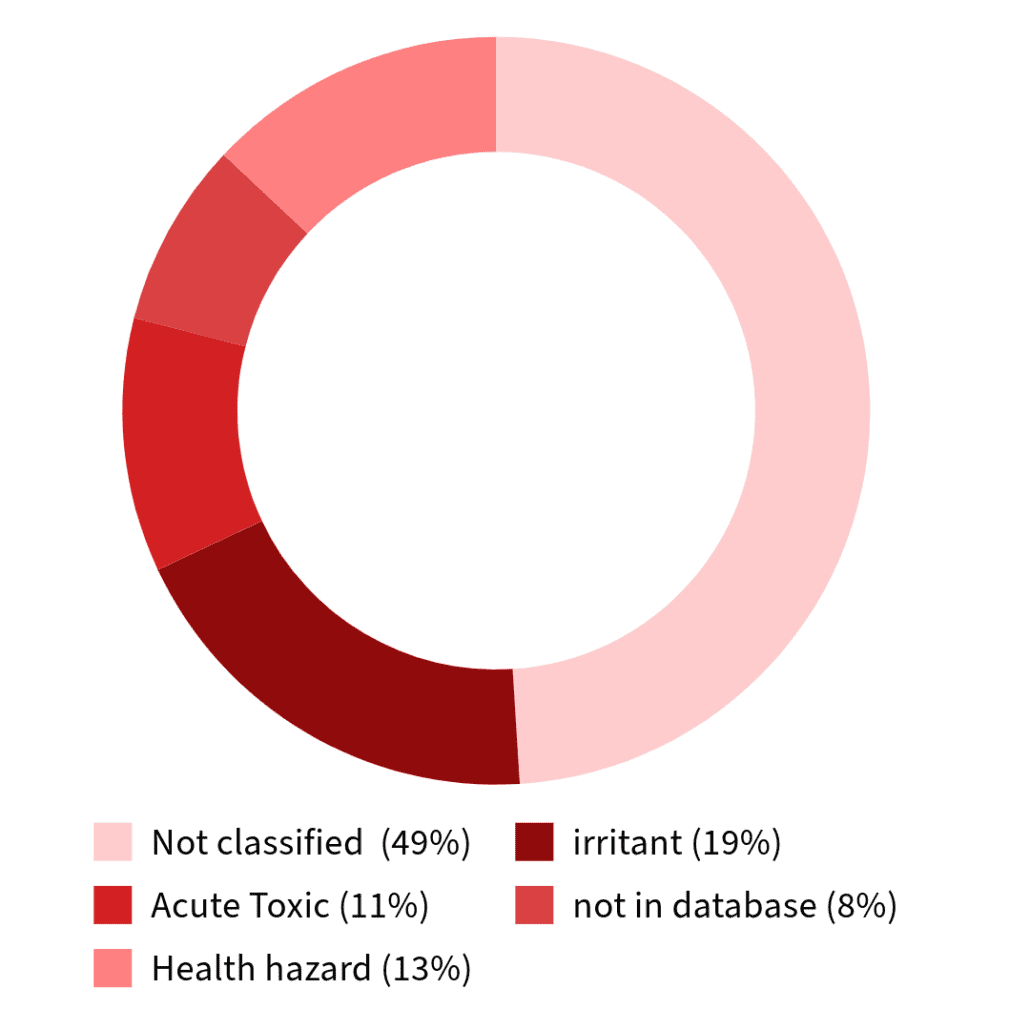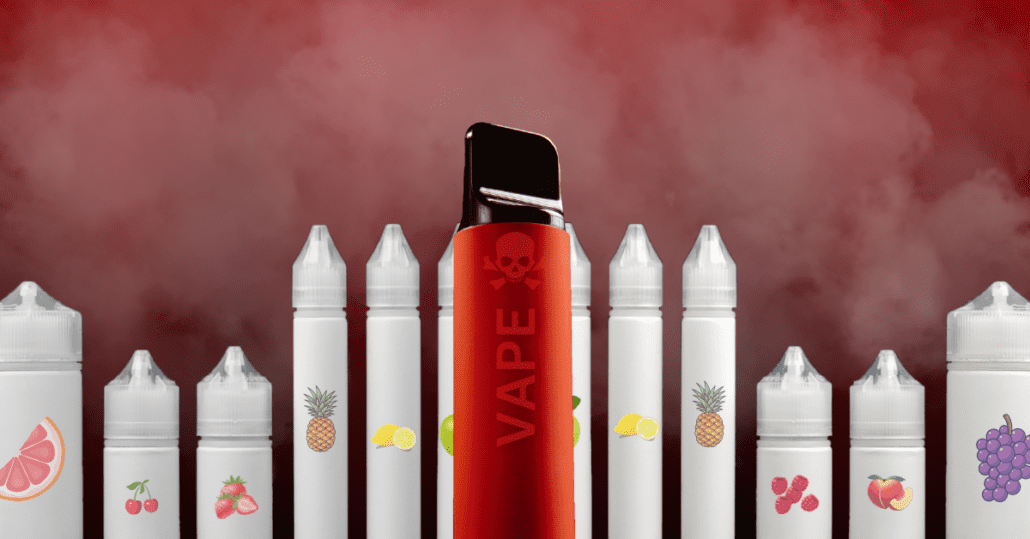Latest Research Warns Hazardous Health Risks from Flavoured Vapes
New research from the RCSI (Royal College of Surgeons in Ireland) has uncovered the potentially harmful substances that are produced when e-liquids from vaping are heated for inhalation.

What is vaping and how does it work?
Vaping involves the heating of chemical solutions called e-liquids to high temperatures prior to lung inhalation. When the e-liquid is heated to high temperatures, it vaporises, producing an aerosol that users inhale into their lungs. This process allows for the delivery of nicotine and other compounds without the combustion of tobacco, as seen in traditional smoking.
The risk with heating process is that the chemicals undergo thermal decomposition to new chemical entities, of which the health implications are largely unknown
What chemicals are used in vapes?
These e-liquids originally only contained 4 chemical entities, nicotine, propane-1,2-diol, propane 1, 2, 3-triol and water. In the mid-2000s this number increased as an array of flavours were added. There are currently at least 180 different chemicals that are known to be used in e-liquids.
What temperature do vapes heat chemicals to?
Studies have measured typical temperatures from 100-400 degrees, with dry coil temperatures measured above 1000 degrees.
The study – The health risks of flavoured vapes
The research team at RCSI’s Department of Chemistry used Artificial Intelligence (AI) to simulate the effects of heating e-liquid flavour chemicals commonly found in nicotine vapes. They included all 180 known flavour chemicals, predicting the new compounds formed when these substances were heated within a vaping device.
The analysis found the formation of many hazardous chemicals including 127 that were classified as “acute toxic”, 153 as “health hazards” and 225 as “irritants”.

Lead author Professor Donal O’Shea, Professor of Chemistry and Head of Department, said the findings are very concerning: “We wanted to understand, before it’s too late, the likely impact flavoured vapes are having on the health of the growing number of vapers. Our findings indicate a significantly different profile of chemical hazards compared to what we are familiar with from traditional tobacco smoking.
“It is plausible that we are on the cusp of a new wave of chronic diseases that will emerge 15 to 20 years from now due to these exposures. We hope this research will help people make more informed choices and contribute to the conversation on the potential long-term health risks and the regulation of vaping, which this research suggests should be comprehensive.”
As vaping devices vary widely and temperature and flavours can be customised by the user, it is hard to predict the potential health implications as there are so many variants.
In Conclusion
The latest research from the RCSI highlights the pressing need for a deeper understanding of the health implications associated with vaping, particularly the use of flavoured e-liquids. The study’s alarming discovery of hazardous substances formed during the heating of these liquids suggests that we may be on the brink of a new wave of chronic diseases emerging in the coming decades.













